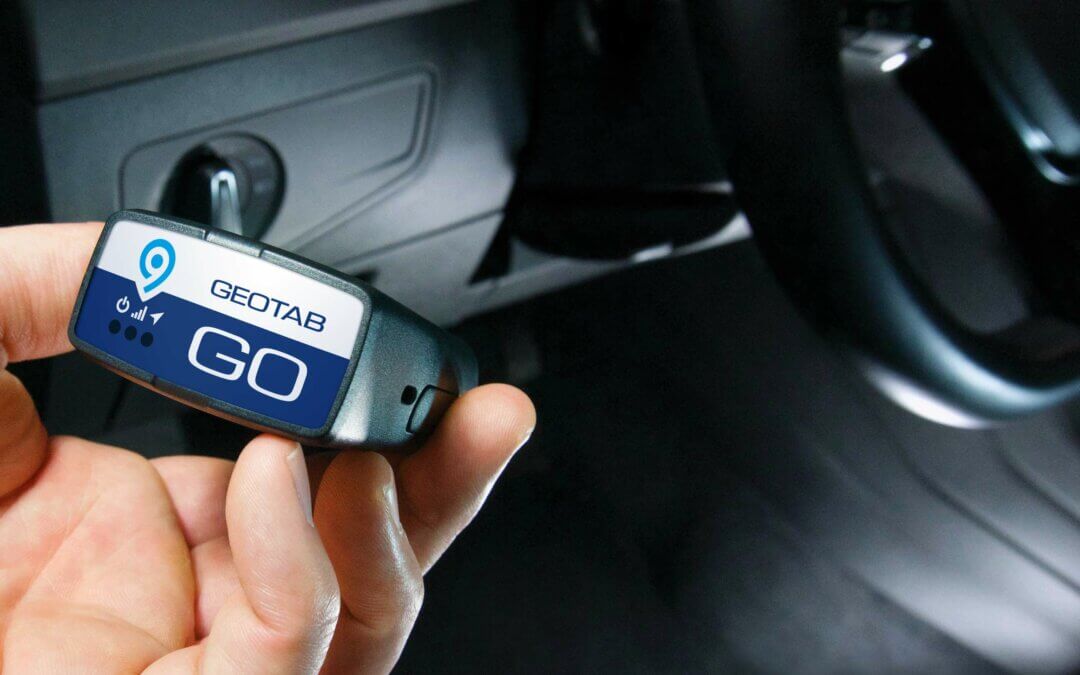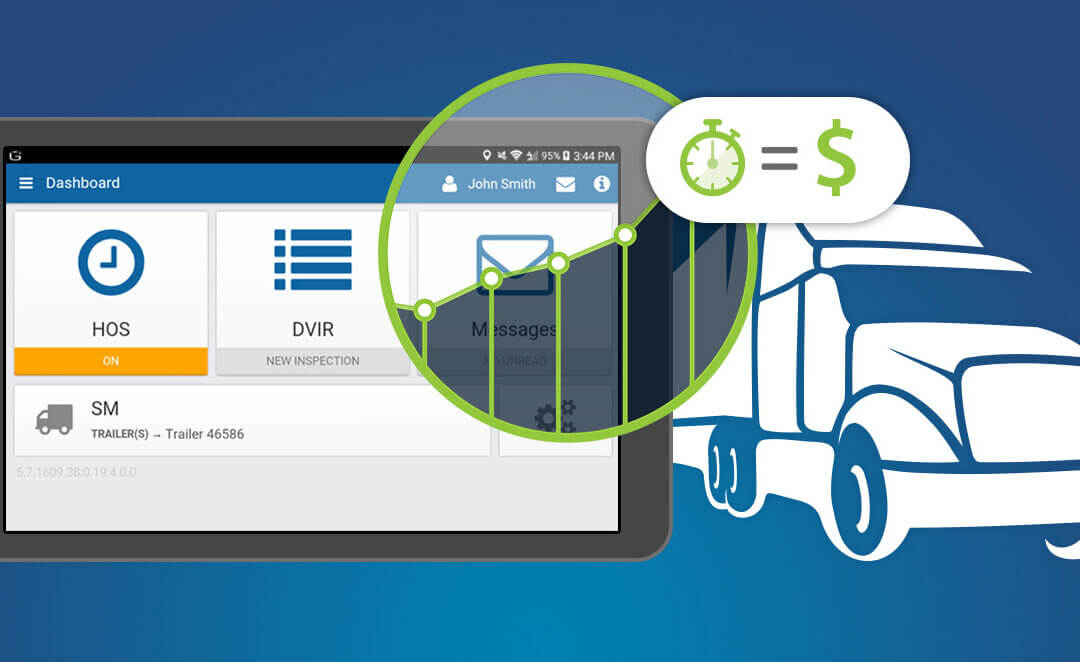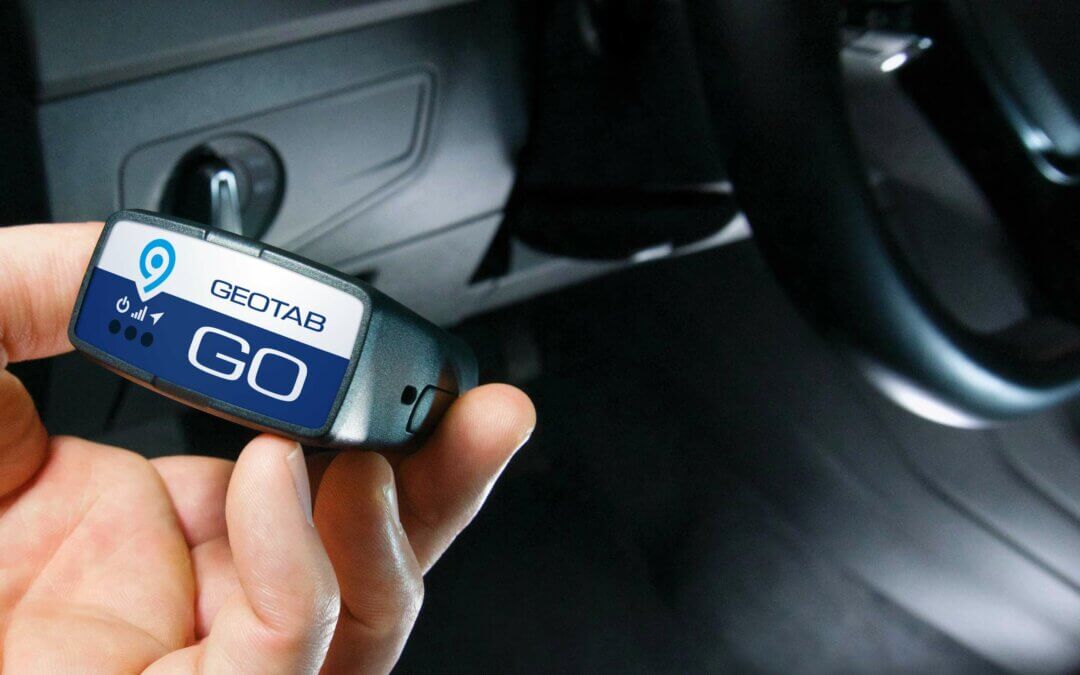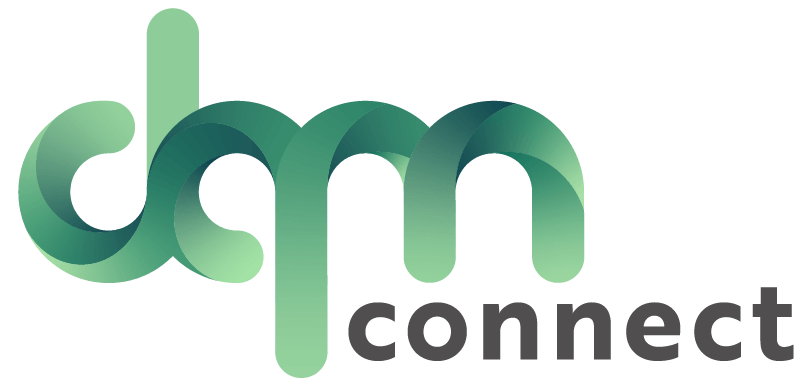
Fleet Management, Geotab
At Vehicle Licensing Consultants (VLC), we commonly get questions about Geotab and how it can benefit carrier companies. But what is Geotab exactly and how can it help you make better informed decisions for your business? At VLC we want to help our clients understand the ins and outs of the industry and offer tools that can help make it simpler to increase your company’s efficiency.
What is Geotab?
Geotab is a commercial telematics vendor that offers GPS tracking solutions for vehicles along with other non-vehicle asset tracking. Geotab has been rated number one by the ABI research group for commercial telematics vendors, and it continues to impress the international community with innovative and creative solutions combined with top-of-the-line technology.
Whether you are a small company that has only a single vehicle or a large company that has an entire fleet, when you go to your Geotab login the “My Geotab” program can help you stay abreast of what is happening with your fleet at any time.
What kinds of things does Geotab offer?
The solutions that your Geotab login offers are many and the Geotab Data Insight Solution program can provide you with essential data analysis to organize and empower your company. The Geotab marketplace uses a variety of products that can help with efficiency, allowing you to know the location of all of your vehicles at any time.
Geotab offers the following benefits to carrier companies across the globe:
- increased optimization through fleet maintenance
- fleet benchmarking
- fleet management
- asset tracking and management
- routing and dispatching services
- driver tracking and reporting
Geotab also offers safety and compliance in the following areas:
- driver coaching through a Geotab login
- electronic logging device (ELD)
- driver/vehicle inspection reports
- driver safety reporting
- dash cams
- compliance within the international fuel tax agreement (FTA)
Finally, Geotab offers both sustainability and expandability through:
- hardware integration
- data insights to companies
- EV fleet management software integration
- greenhouse gas and emission reductions
What is the Geotab GO?
The Geotab GO is a small vehicle tracking device that is a leader in the worldwide marketplace in GPS services. The Geotab GO easily plugs into your vehicle’s OBDII port if one is available, and if not, an adapter can be used as well.
There is no lengthy installation process and installing the Geotab GO does not require a professional installation expert or any specialty tools at all! Data can be sent from a variety of sources within the vehicle including:
- the instrument panel
- the drivetrain
- the engine
- other subsystems
By using a variety of internal networks, the Geotab GO is able to provide rich data at all times. There is also a Geotab GO “rugged” telematics device that is perfect for heavy equipment, agricultural machinery, oilfield equipment, and any yellow iron vehicles. It is hearty and near indestructible, can be installed in a location where it will be exposed to the elements, and has all of the benefits of Geotab for your heavy machinery.
Reach Out to Learn More About Geotab Today!
If you are interested in learning more about how Geotab can help you contact us at VLC today by calling 530-637-1696 or emailing us at info@im4trux.com

Fleet Management
Telematics fleet management is quickly becoming an integral part of many businesses. With its ability to track and monitor vehicles, drivers, and cargo, it provides an effective way to reduce operating costs, increase efficiency, and improve safety. By taking advantage of the latest technology, businesses can maximize their investment in telematics fleet management, helping them become more competitive in the market.
Let’s discuss some of the ways businesses can make the most of their telematics fleet management investment.
Start by Choosing the Right Software
When it comes to maximizing your telematics fleet management investment, the first step is to choose the right software. You’ll want to look for a solution that meets your unique business needs and offers features that will help you achieve your goals. Look for a comprehensive solution that includes features such as GPS tracking, route optimization, driver monitoring, and maintenance tracking.
Ensure Data Accuracy
The data collected by telematics fleet management software must be accurate in order for it to be useful. Make sure you’re using quality hardware and software to track your vehicles, drivers, and cargo. This will ensure that the data is accurate and up-to-date, helping you get the most out of your investment.
Integrate With Other Systems
Integrating your telematics fleet management system with other business systems can help you get the most out of your investment. This includes integrating with your accounting, customer relationship management (CRM), and even your human resources systems. This will help you streamline processes, reduce data entry errors, and improve overall efficiency.
Optimize Processes
One of the best ways to maximize your telematics fleet management investment is to optimize your processes. By utilizing the data collected by your telematics system, you can improve driver performance, increase fuel efficiency, and reduce maintenance costs. You can also use the data to identify areas of improvement, helping you make more informed decisions about how to best manage your fleet.
Train Your Drivers
Driver training is also essential for maximizing your telematics fleet management investment. Make sure your drivers understand how to use the system and how to respond to alerts. This will help them stay safe on the road and ensure that they are using the system as intended.
How to Implement Change
Once you have taken the steps outlined above to maximize your telematics fleet management investment, you will need to implement change. This may involve making changes to your processes, policies, and procedures. Make sure you communicate the changes to all stakeholders and ensure everyone is on board with the changes before moving forward.
Optimize and Improve Your Fleet with Telematic Fleet Management From Vehicle Licensing Consultants
As an authorized reseller of Geotab, Vehicle Licensing Consultants provides telematic fleet management solutions to help businesses optimize and improve their fleets. Geotab’s powerful platform provides easy-to-use tools to track vehicles, manage fuel costs, reduce accidents, and more. With Vehicle Licensing Consultants’ telematic fleet management solutions, businesses can maximize their investment in telematics fleet management and become more competitive in the market.
Contact us today to learn more about how Vehicle Licensing Consultants can help your business.

Fleet Management
The trucking industry is responsible for road safety in a major way because of the sheer number of miles driven and the size of the vehicles. To ensure safety and efficiency, fleet operators need to leverage their data to their advantage. Here are some tips to leverage fleet data for a safer operation and drivers with geotab fleet management.
Fleet Data to Enhance Employee Coaching
You’ve got a team of drivers, and things are going well. But have you optimized your operations and ensured that every driver is maximizing their time and adhering to safety regulations? Fleet data is the first and most important step to enhancing employee coaching.
Start by gathering data using a system that allows for geotab fleet management like TripDAWG. When you are able to track and analyze data for routes and drivers, you can optimize the performance of your fleet. This data can help you identify areas of improvement for individual drivers, such as accelerating and braking habits, speed, and other aspects of their driving.
Continuous Improvement
Continuous improvement is key for any successful fleet operation. By leveraging fleet data, you can identify problem areas, such as speeding or aggressive driving, and develop strategies to address them. Additionally, you can use the data to identify opportunities for better fuel efficiency and route optimization.
Data can also be used to evaluate driver performance and reward successful drivers with bonuses or other incentives. This will encourage drivers to become more engaged in their work and improve their driving habits.
Don’t Wait Until It’s Too Late
It’s important to leverage your fleet data before it’s too late. By proactively monitoring and analyzing your data, you can take the necessary steps to address problem areas and maximize the performance of your fleet. Additionally, you can use the data to develop proactive safety measures that will help reduce the risk of an accident.
By leveraging your fleet data, you can ensure the safety of your drivers and optimize the performance of your fleet. With the right system and processes in place, every fleet can improve in the most important operational area – safety.
Start Leveraging Geotab Fleet Management With Vehicle Licensing Consultants
Our team of experts and geotab fleet management solutions are here to help you leverage your fleet data for a safer operation and drivers. We offer comprehensive solutions for fleet owners, including data collection and analysis, route optimization, and driver file management. Contact us to learn more about our services and how we can help you improve the safety and performance of your fleet.

Fleet Management
Trucking has always required detailed logs from professional drivers, but for decades those logs had to be done on paper – a tedious, time-consuming, error-prone process. Now, new regulations are enforcing the use of eLogs for truckers, electronic logbooks which are an improvement over the old method in virtually every way.
For new drivers, or those starting up their own fleet, here are the basic things you need to know about eLogs for truckers.
What Is An eLog?
Electronic logbooks are small electronic devices that are attached to a truck or other working vehicle, recording vehicle data as well as driver behavior. These typically track the vehicle’s movement via GPS, fuel consumption, diagnostic data, maintenance records, and more.
In addition, regulations require the driver log their own behavior – whether they’re driving, doing paid non-driving work, on break, etc. This allows regulators to ensure that drivers are following relevant laws on working hours.
How Did eLogs For Truckers Improve on Older Methods?
When the government first began mandating electronic logging, there was some pushback due to the need to buy new hardware. However, drivers and fleet managers quickly realized it was a small upfront cost that brought significant benefits.
- Saving time. Keeping logs on paper required a lot of time and effort because drivers had to manually look up and record information by hand. eLogs greatly reduce time wasted on paperwork.
- Better visibility. A modern eLog device can hook into your fleet management system, providing data directly to your databases. Otherwise, the data would have to be re-entered from the driver’s log, wasting more time.
- Fewer mistakes. Any paperwork maintained by hand is going to be prone to error, and errors in trucking paperwork can lead to big fines or worse. eLogs pull their data directly from the truck, greatly reducing the chance of error.
Who Has to Use eLog Systems?
For all intents and purposes, every truck in your fleet should be outfitted with an eLog system. However, there are a few specific exceptions, specifically for drivers who only drive locally, 8 days or less in a month. If you don’t have to keep Records of Duty Status for the driver, they likely don’t need to use an eLog either.
VLC Makes Fleet Management Easy!
VLC provides a full suite of tools for fleet management, driver management, and customer relationship management. Our software solutions simplify your life as a fleet manager, while offering deep analytical insights and opportunities for cost optimization.
Contact us to learn more or request a free demo!

Fleet Management
These days, there’s just no good way to manage a working fleet without a good Geotab fleet management system. Margins are too tight, and costs are too complicated, to keep track of by hand. You need a quality software tool to maintain oversight of your fleet and look for opportunities to optimize your costs.
There are numerous fleet management solutions on the market, with or without Geotab integration. Without extensively demoing systems for months, how can you tell which ones will be best suited for your needs? These are some of the major features you should look for.
3 Must-Haves in A Geotab Fleet Management System
1 – A software focus
Fleet management systems will always have some hardware, such as Geotab, which is necessary for pulling information from your trucks and other vehicles. However, the main focus of the system should be on the software. Hardware can only provide data; software provides insights and solutions.
A system that focuses too much on hardware may leave you with too much data, and too few resources for sorting it.
2 – Deep configurable reporting
On the topic, data is only as useful as the insights that you can pull from it. A great Geotab fleet management system should offer a range of pre-made reports, as well as the ability to generate custom reports which are based on your own goals and needs.
Ideally, the system should be able to report on vehicles and drivers. After all, a driver’s on-road habits can have a huge impact on costs, such as drivers wasting fuel by accelerating and braking too hard. The best fleet management solutions allow you to oversee both the mechanical and human sides of your operation.
3 – Systems integration and interoperability
Your business undoubtedly has many existing data streams. A quality fleet management system should be able to integrate easily with your existing software and pull in data from other sources with minimal trouble.
Beware of “all-in-one” solutions that want to lock you into a single ‘walled garden’ that won’t work with other software. This is a one-way street to vendor lock-in.
VLC Makes Fleet Management Easy!
We’re proud partners with Geotab, one of the best fleet tracking systems on the market. We provide top-quality fleet management and analysis software to work alongside it. VLC TripDAWG solutions can help you manage your fleet, keep tabs on drivers, and avoid costly legal problems through smart warning systems.
Contact us to learn more or arrange a demo.

Fleet Management
What Are the Most Important Fleet Management Metrics to Track?
If your business relies on a working fleet in its daily operations, it’s absolutely vital to get the most possible value from those vehicles. Costs of fleet ownership continue to go up, especially fuel costs and replacement electronics, so a smart fleet manager should be constantly tracking data and looking for the best ways to optimize operations.
A great fleet maintenance management software solution provides the tools to collect, track, and analyze vast amounts of data – but it takes the human touch to know which pieces of information are most important.
At VLC, we have extensive experience helping fleet managers make the most of their vehicles – and these are the metrics we tell our clients to always focus on.
Ten Critical Metrics to Track For Optimizing Your Fleet Maintenance Management
1 – Daily Vehicle Inspection Reports (DVIR)
Your DVIRs are one of the single most important data sets you can collect. Yes, they can alert you to immediate problems with the vehicles, but their real value is long-term. Properly stored and analyzed, they give you deep insights into the health and performance of every vehicle. In many cases, you even get early warnings of maintenance issues before they become a big problem.
2 – Component lifespans
Every component in your vehicle has an expected lifespan, typically measured in either years or miles. This information is almost impossible to track by hand, but a fleet maintenance management system can track your vehicles at the component level. You’ll have early warnings that a component is near its EOL, allowing you to proactively replace it before a breakdown happens.
3 – Miles and gas mileage
Fuel costs are difficult to manage even in the best of times, and right now, anything you can do to improve your vehicles’ MPG is going to significantly reduce ongoing costs. By tracking the odometer and gas mileage over time, you’ll know early on if some sort of problem is affecting performance. It might be a mechanical issue or a bad driving habit, but either way – you’ll be able to address the problem sooner, rather than later.
4 – Asset utilization
Accurately tracking the utilization of your vehicles is critical for avoiding both over-and under-utilization. An under-utilized vehicle either needs to be used more or else potentially be removed from service to avoid the maintenance costs. Over-utilized vehicles are going to be less reliable and prone to breakdown, and – at least – need more maintenance attention to keep them running at peak performance.
5 – Total maintenance costs
How much are you spending per vehicle to keep it on the road? And is this expense actually justified by its returns? Too often, fleet managers can get into the habit of simply paying for repairs and maintenance, without doing a TCO/ROI breakdown on those costs. If a vehicle has become a money pit, you should know as soon as possible so that you can start exploring alternatives.
6 – Stock inventory
If your business truly relies on having vehicles on the road at all times, it’s vital to keep enough spare parts in your inventory to do replacements as quickly as possible. However, this can be tricky if you’re trying to track all your spares by hand. Good fleet management systems incorporate inventory management tracking as well, so you’ll always know when it’s time to order more spares – before they’re required.
7 – Driver performance and safety
When your fleet management software is linked to vehicle telematics systems, you don’t only get information about the vehicle – you also have a powerful tool to monitor driver performance as well. From staying within the speed limit, to whether they stop at train crossings, you’ll know whether they’re driving in ways that are safe and efficient. If not, it’s time for some coaching.
8 – Driver assignments and profitability
Some drivers are better at some tasks than others; that’s just human nature. With good data tracking and oversight of your drivers, it’s easier to spot both their strong points and their weak points. This leads to much smarter driver assignments, allowing you to make the most of your human resources as well as your vehicle resources.
9 – Technician productivity
Which of your technicians are working the hardest, and who does the best work which stands up over time? This can be derived from your maintenance records, cross-referenced with the responsible technician. This opens new opportunities to optimize your technical staff while spotting workers in need of more coaching or training.
10 – TCO / ROI
All of this adds up to the ability to track the most important metrics of all: TCO and ROI. You’ll know in detail how much you’re spending on your trucks, their efficiency, and their value to the company. From purchasing decisions to governmental reporting, this information is invaluable.
We Have the Fleet Maintenance Management Solutions You Need
VLC helps you make the most of your working fleet! Click here to learn more about our services.






